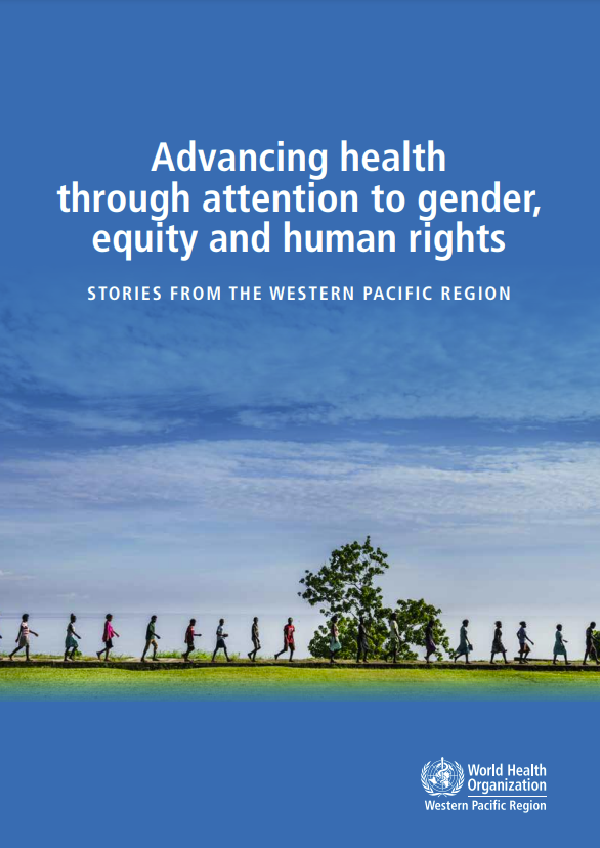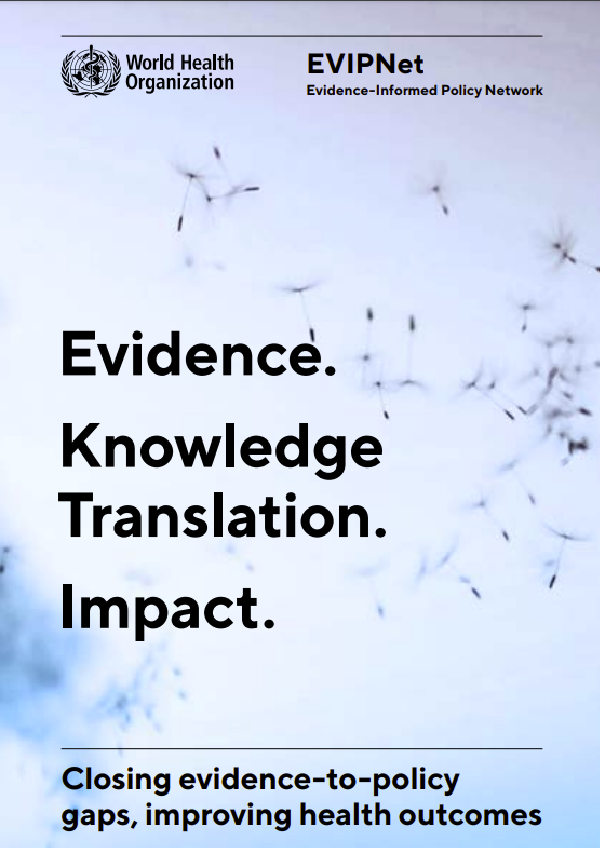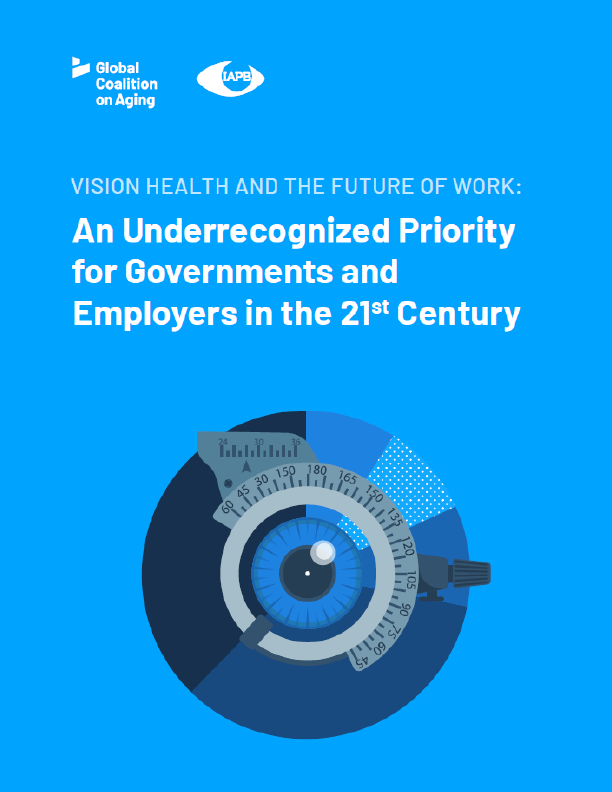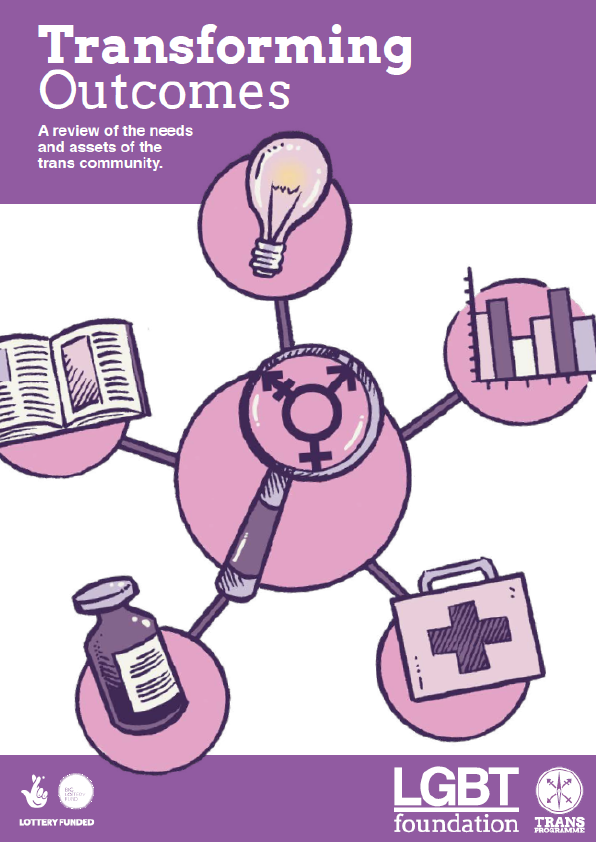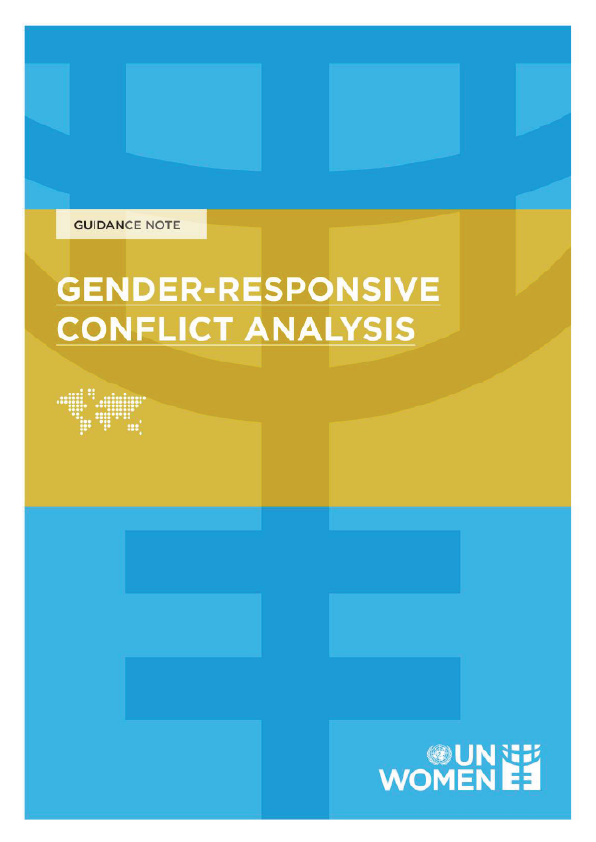The Sustainable Development Goals (SDGs), adopted by the United Nations General Assembly in 2015, aim “to ensure that all human beings can fulfil their potential in dignity and equality and in a healthy environment”. A central tenet of the SDGs and universal health coverage (UHC) is the principle of leaving no one behind. Leaving no one behind is based on the recognition that poor health and well-being are a result of the unequal distribution of power and resources. Health programmes are increasingly recognizing that a one-size-fits-all approach does not deliver benefits equitably to all population groups and that in some cases inequity may even be exacerbated. Programmes are also acknowledging that attention to gender, equity and human rights is crucial for advancing health and sustaining achievements in health and development. But the question is: how can this be done? How can health programmes consider the concerns and experiences of women, men, girls and boys from diverse groups as an integral dimension of the design, implementation, monitoring and evaluation of policies and programmes?
Poverty, gender inequality, low education, lack of information, and other socioeconomic disadvantages together entrench and amplify poor health. These social determinants of health operate independently but also interact with each other, compounding disadvantages. For example, gender inequalities result in typically lower school enrolment rates for girls than boys, which consequently lead to poorer health outcomes. Age, on the other hand, interacts with other determinants, such as education and gender inequality, resulting in older age groups having higher levels of illiteracy. Across the World Health Organization (WHO) Western Pacific Region, older men have higher literacy rates than older women, with low- and middle-income countries showing the widest gender gaps. In addition, as women live longer than men, they are more likely to face poverty and deprivation in old age as a result of lower rates of education, employment and well-being over the course of their lives. Interlinkages and interdependencies between determinants of health require new approaches, including collaboration across sectors, among stakeholders and with communities themselves in order to achieve sustainable development.
The SDGs purposely highlight health equity and the socioeconomic basis of health. SDG 10, for example, aims to reduce inequality within and among countries. The SDGs include a specific goal of gender equality and women’s empowerment (SDG 5) and also integrate gender across all other goals. The SDG agenda recognizes the need for policies and actions to be guided by the purposes and principles of the Charter of the United Nations, with full respect for international law and human rights principles, including non-discrimination, participation and accountability.
Emphasis on gender, equity and human rights in health is not new. The Constitution of the World Health Organization was the first international instrument to enshrine the enjoyment of the highest attainable standard of health as a fundamental right of every human being (“the right to health”). Every country in the world is now party to at least one human rights treaty that addresses health-related rights – that is, the right to health as well as rights that relate to conditions necessary for good health. The commitment to gender equality dates to 1946 when the United Nations Economic and Social Council (ECOSOC) created the Commission on the Status of Women, dedicated to promoting gender equality and women’s rights. In 1979, United Nations Member States adopted the Convention on the Elimination of All Forms of Discrimination against Women (CEDAW). A series of world conferences on women, including the International Conference on Population and Development (Cairo, 1994) and the Fourth World Conference on Women (Beijing, 1995), were milestones on the path to the Millennium Development Goals (MDGs) in 2000. These initiatives addressed women as equal to men and as active, productive contributors to society with entitlements and rights to health, social protection and civic participation. In 2007, the Sixtieth World Health Assembly adopted the Strategy for Integrating Gender Analysis and Actions into the Work of WHO in World Health Assembly resolution WHA60.25, which committed the Organization to integrate gender by:
- ensuring capacities for gender analysis and planning;
- mainstreaming gender in corporate functions, for example, gender-responsive, results-based management planning, budgeting, monitoring and evaluation;
- disaggregating data and conducting gender analysis; and
- establishing accountability for mainstreaming gender.
